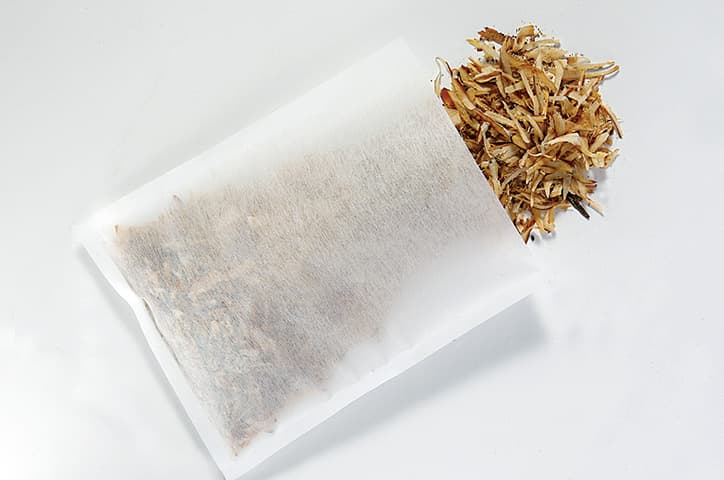Katsuobushi and kezuribushi
Both "bushi" and "niboshi" are the most suitable main ingredients for dashi and soups, and have undergone a long history of manufacturing process improvements.
Fukushima Katsuo creates and suggests blends that meet the needs of different services and regions.
-
Katsuobushi (honbushi, arahonbushi)

- Fish
- Bonito
- Region
- Kagoshima Prefecture and Shizuoka Prefecture
Katsuobushi has been long been used as an auspicious gift, as it is associated with "Katsuo (victorious) warriors" and since the “male" back flakes and "female" stomach flakes are paired together. Its light, elegant flavors and mellow aroma make it the perfect high-quality soba noodle soup. It is also indispensable for Japanese dishes such as clear soup, simmered dishes, and garnishes. The one with mold on the surface is called honbushi and the one with black tar on the surface before the mold is formed is called arahonbushi.
-
Magurobushi

- Fish
- Yellowfin tuna
- Region
- Kagoshima and Shizuoka prefectures plus other locations
This bushi is processed yellowfin tuna that is also called shibi in the Kansai region and meji in the Kanto region. It is characterized by a sweet and soft, elegant taste. The product without blood is often used in the production process of tuna shavings so that the shavings become white. It is used in combination with katsuobushi as dashi in Japanese cooking.
-
Sodabushi (mejikabushi, sodakarebushi)

- Fish
- Frigate tuna
- Region
- Kochi, Ehime, Kagoshima, and Kumamoto prefectures plus other locations
Compared to bonito, it produces a richer broth and is indispensable for making soba noodle soup base. The flavor is even more pronounced when used in combination with mackerel shavings and round herring shavings. Compared to the bonito used in katsuobushi, frigate tuna has more blood in it, and in the case of sodabushi, this blood plays a role in giving the broth its richness and acidity. Called sodakarebushi when topped with mold, this style is preferred in the Kanto region. It is called mejikabushi in the Kansai region.
-
Sababushi (sabakarebushi)

- Fish
- Blue mackerel and flat mackerel
- Region
- Kumamoto, Kagoshima, Shizuoka, and Ehime prefectures plus other locations
It is characterized by a light aroma and a dashi that is even richer and more flavorful than mejika. When used in combination with round herring shavings, they complement each other to produce a tasty broth that is ideal for noodles. Called sabakareubshi when topped with mold, this style is preferred in the Kanto region.
-
Murobushi

- Fish
- Mackerel scad
- Region
- Kumamoto, Kagoshima, and Shizuoka prefectures plus other locations
It offers a very light aroma and a mild flavor. As a dashi for soba and udon noodles, it can be used in combination with sababushi and iwashibushi to bring out their unique characteristics and enhance their umami flavor. It is widely used as dashi in the Nagoya area for kishimen noodles and miso stews.
-
Urumebushi

- Fish
- Round herring
- Region
- Kumamoto, Kagoshima, and Ehime prefectures plus other locations
Umami flavors come out powerfully in the aroma of this broth that’s characterized by a rich golden color. Generally used in combination with sababushi, it has long been valued as the dashi most compatible with the flavors of Kansai. This dashi produces a taste and color that suits to the udon especially unique to the Kansai region.
-
Iwashibushi

- Fish
- Japanese sardine
- Region
- Kumamoto, Kagoshima, and Ehime prefectures plus other locations
Umami flavors come out powerfully in the aroma of this broth that’s characterized by a rich golden color. Often used in combination with urumebushi, it has long been utilized as a dashi for noodles in the Kansai area. There was a time when the amount of fish caught dropped dramatically and it became very valuable, but in recent years, that amount has been returning to normal.
-
Katakuchi-iwashiniboshi (Iriko)

- Fish
- Japanese anchovy
- Region
- Nagasaki, Chiba, Kagawa, Ehime, Hiroshima, Kumamoto, and Tottori prefectures plus other locations
When the term niboshi is used for short, it generally refers to dried Japanese anchovy. The fish with a white back that is harvested in the Seto Inland Sea is called shirokuchi and has an aroma and richness unique to dried anchovy. It is indispensable for Sanuki udon noodles. The large fish with a black back is called seguro and is used in seafood soups for ramen noodles because of its unique characteristics and abundant umami flavor.
-
Urumeniboshi

- Fish
- Round herring
- Region
- Kumamoto, Nagasaki, Ehime, and Tottori prefectures plus other locations
It is characterized by a strong umami flavor and an elegant, sweet broth compared to Japanese anchovy. It is often used as a dashi for noodles in regions along the Sea of Japan side like Kyushu, Sanin, and Hokuriku.
-
Iwashiniboshi

- Fish
- Japanese sardine
- Region
- Kumamoto, Nagasaki, Chiba, Ehime, and Tottori prefectures plus other locations
Also called hirago niboshi because of its flat shape (hira means flat), it produces a broth similar to that of dried Japanese anchovy, but Japanese sardine has a richer flavor. It is often used as dashi for ramen in the Tohoku region. There was a time when the amount of fish caught dropped dramatically and it became very valuable, but in recent years, that amount has been returning to normal.
-
Sabaniboshi

- Fish
- Blue mackerel and flat mackerel
- Region
- Kumamoto, Nagasaki, and Ehime prefectures plus other locations
It is characterized by a light aroma and the unique sweetness of dried mackerel. It is used as a dashi for noodles in the Kyushu area with urumeniboshi and urumebushi.
-
Ajiniboshi

- Fish
- Horse mackerel
- Region
- Nagasaki, Kumamoto, Ehime, and Tottori prefectures plus other locations
Because the heads and innards of small horse mackerels are small, they have little bitterness or fish odor, characterizing their dashi with an elegant sweetness. The quantity of ajiniboshi is limited because of the limited amount of time to catch them each year.
-
Sawaraniboshi

- Fish
- Japanese Spanish mackerel (young Spanish mackerel)
- Region
- Kyoto, Tottori, Toyama, and Fukui prefectures plus other locations
This is a small, dried Japanese Spanish mackerel (young Spanish mackerel). This unique dried fish was commercialized for the first time in Japan through a public-private partnership between Kyoto Prefecture and Fukushima Katsuo. It has been shown to produce an elegant and sweet broth, with a flavor and richness comparable to that of ago (flying fish), which is known for its plentiful umami flavors.
-
Agoniboshi (yaki-ago)

- Fish
- Flying fish
- Region
- Nagasaki and Kumamoto prefectures plus other locations
This is a small, dried flying fish. In recent years, domestically caught agoniboshi has become a high-end product because of its popularity nationwide, but domestically processed products from overseas are often used for commercial purposes. Roasted and dried versions are called yaki-ago, and are often used in ramen restaurants for their unique flavors.
-
Tainiboshi

- Fish
- Sea bream
- Region
- Nagasaki, Tottori, and Kyoto prefectures plus other locations
The unique flavor of sea bream is elegant and sweet, but because it is a very refined dashi, it must be handled with care to make the most of its flavor. It is a rare and precious product produced in very small quantities.
-
Sanmabushi

- Fish
- Pacific saury
- Region
- Kumamoto, Wakayama, and Shizuoka prefectures plus other locations
While a little oily, it produces a broth characterized by strong flavor and umami like grilled Pacific saury. It is often used to make dashi for ramen. Although poor catches have made it more expensive and valuable in recent years, it is still very popular.
Thick and thin shavings
-
Katsuobushi thick shavings
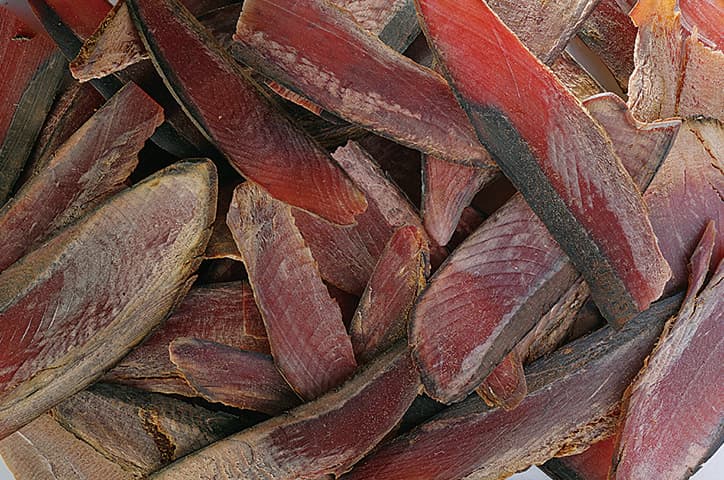
-
Frigate tuna thick shavings
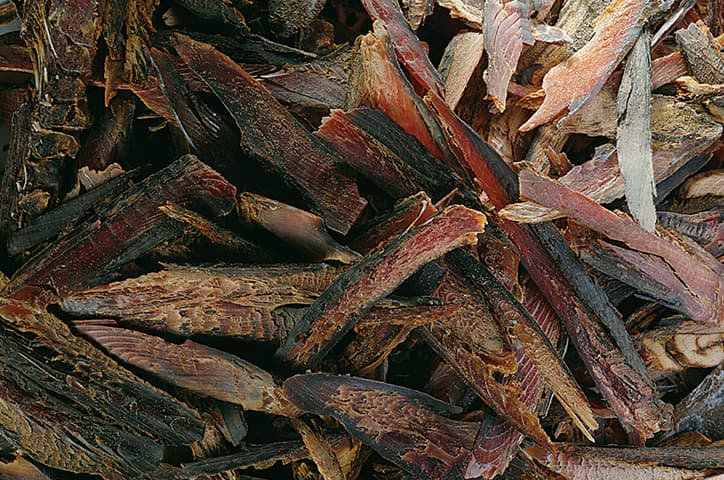
-
Mackerel thick shavings
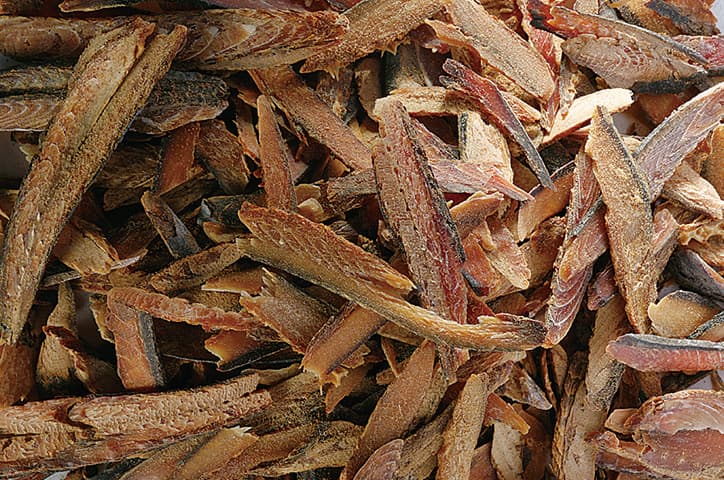
-
Mackerel scad thick shavings
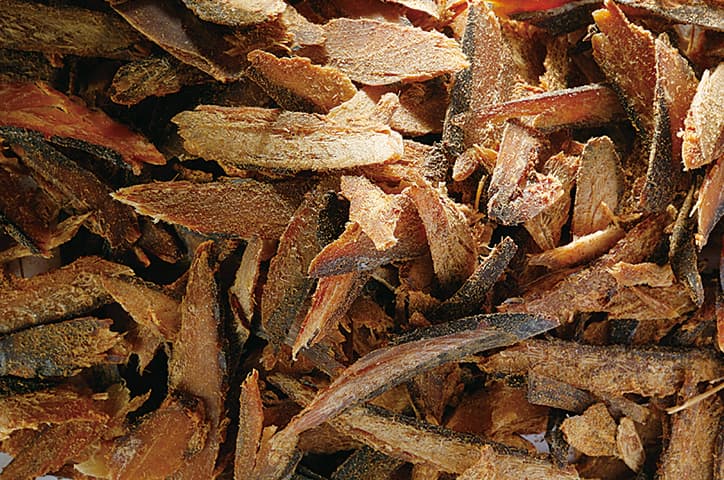
-
Round herring thick shavings
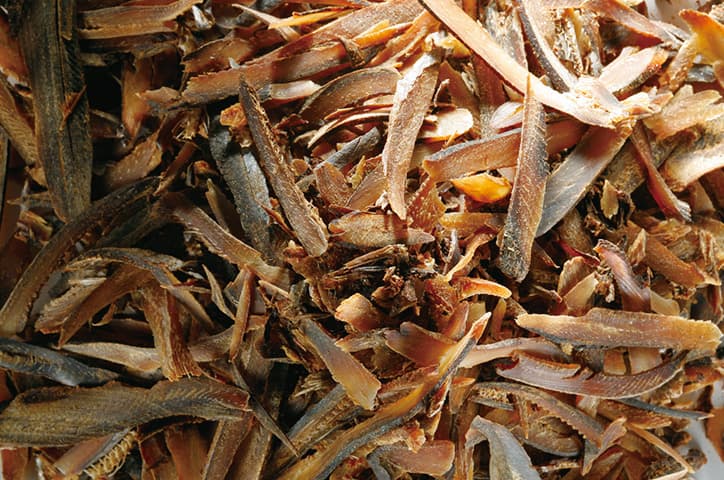
-
Frigate tuna thin shavings
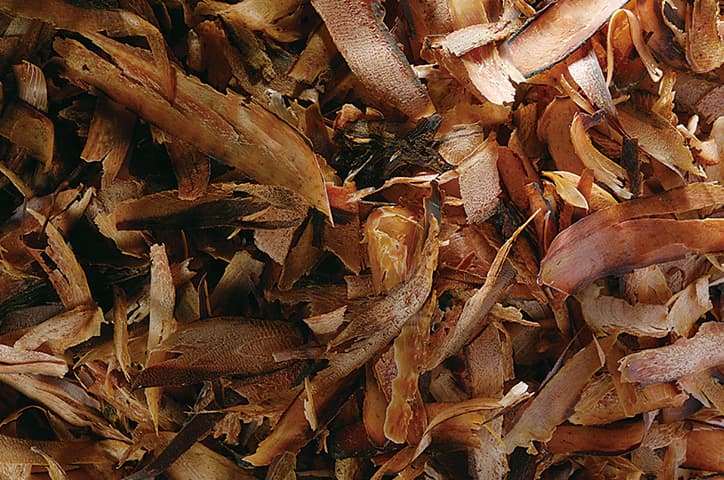
-
Mackerel thin shavings
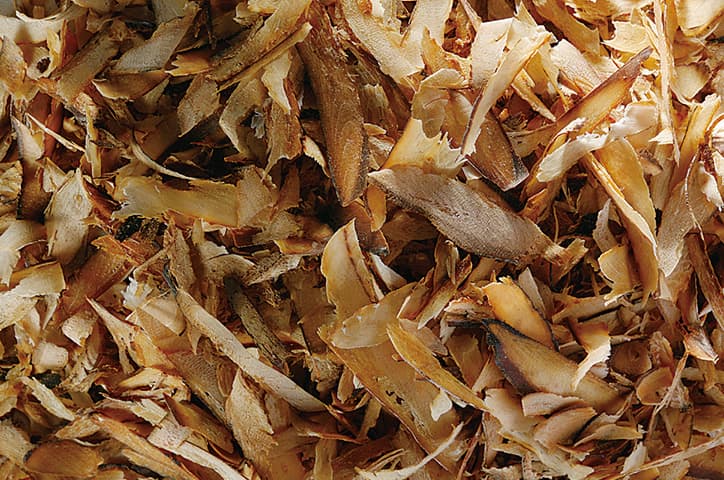
-
Mackerel scad thin shavings
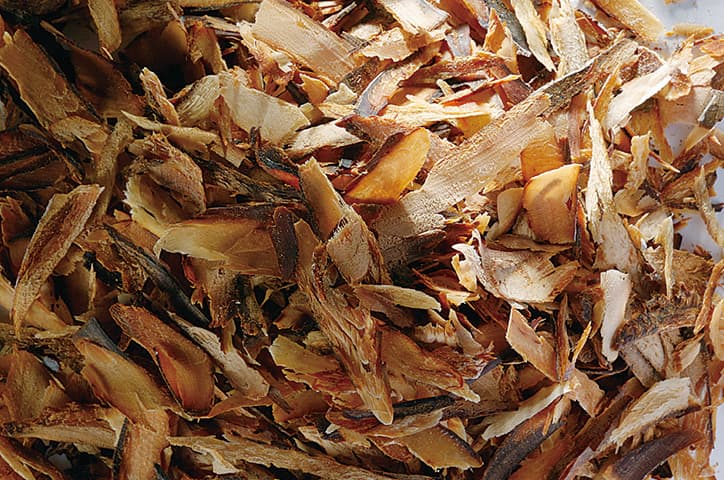
-
Round herring thin shavings
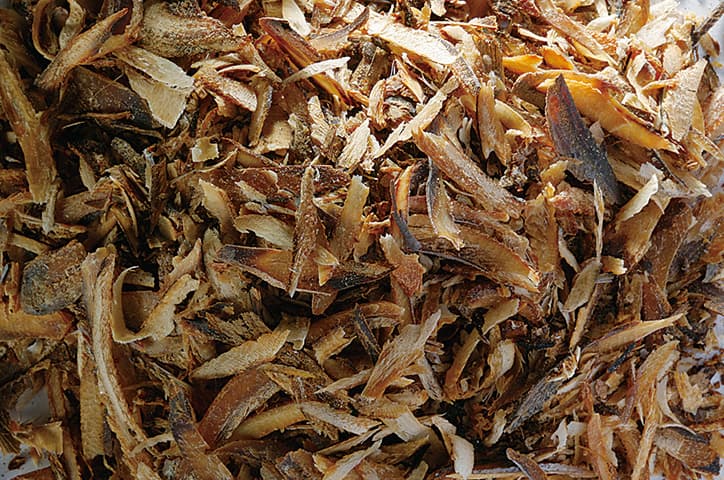
Fine and sun-dried shavings
-
Katsuobushi fine shavings
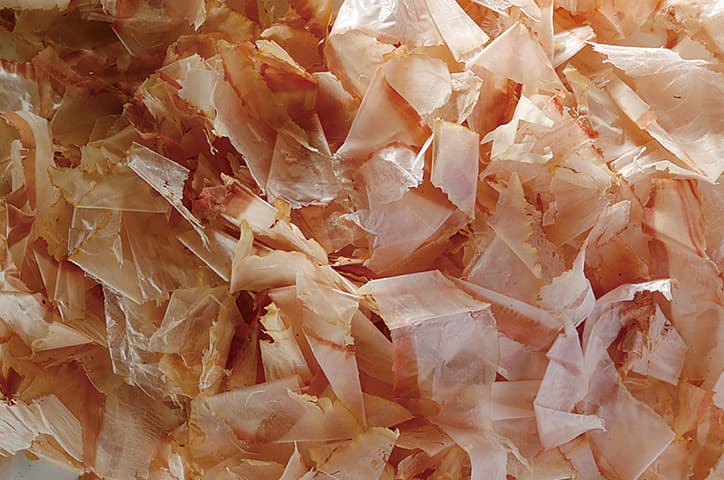
-
Shredded bonito
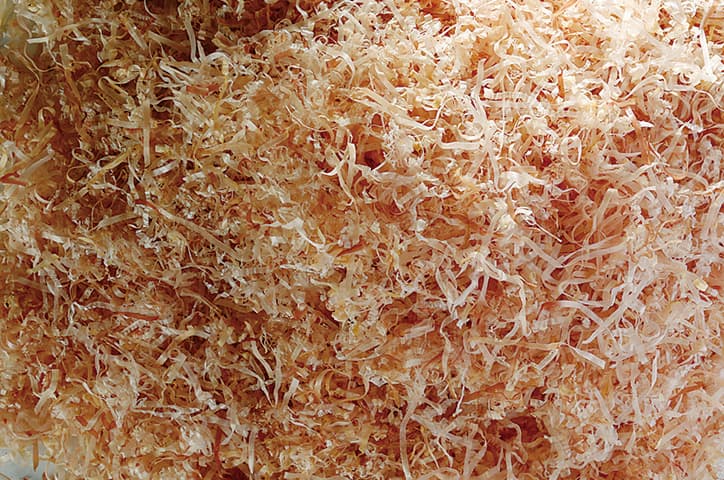
-
Tuna fine shavings
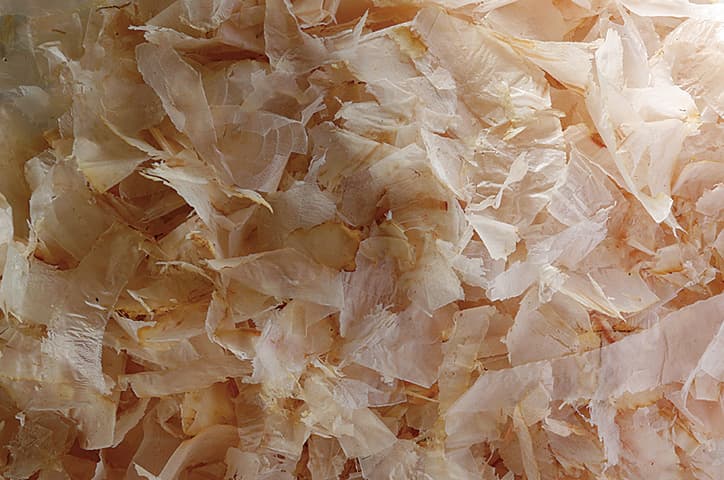
-
Shredded tuna
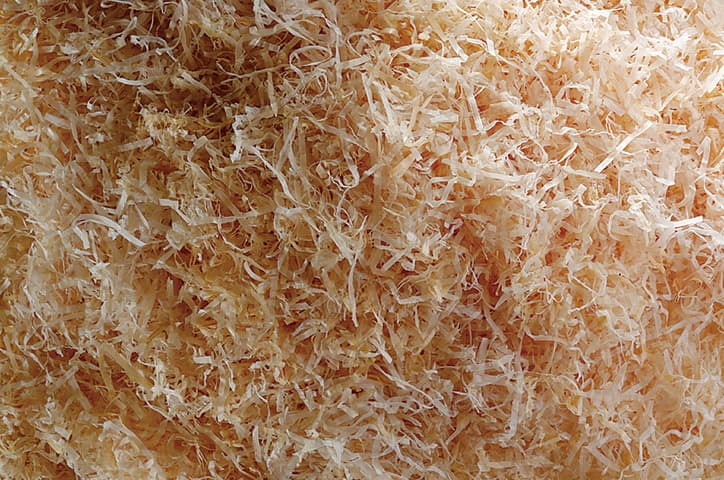
-
Sun-dried mackerel shavings
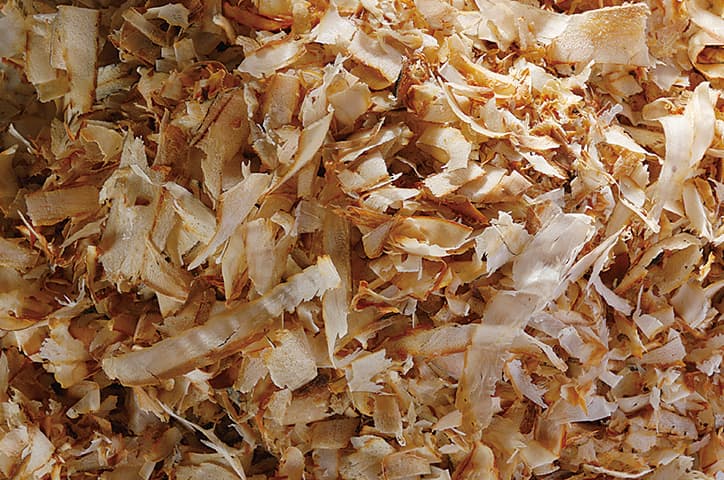
-
Sun-dried round herring shavings
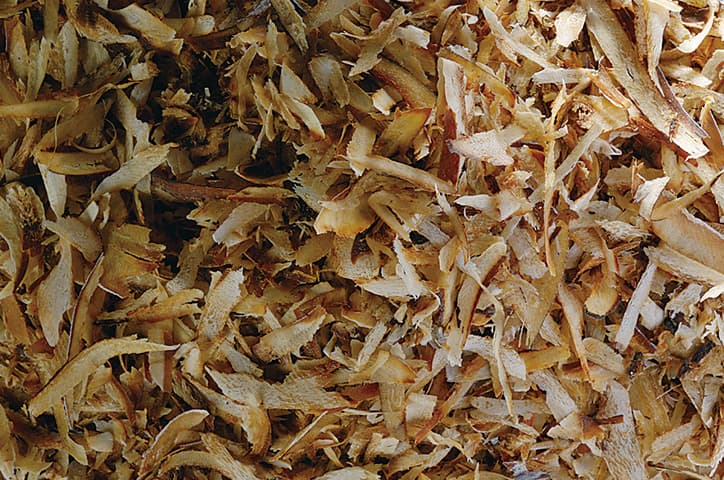
-
Assorted powdered fish
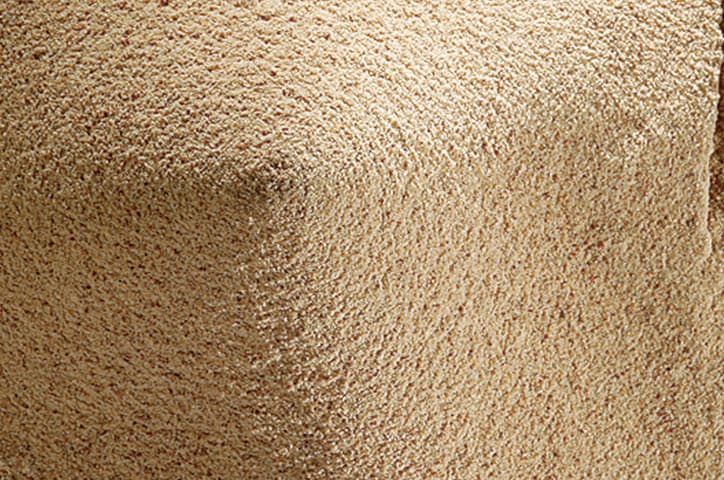
-
Powder blend for ramen
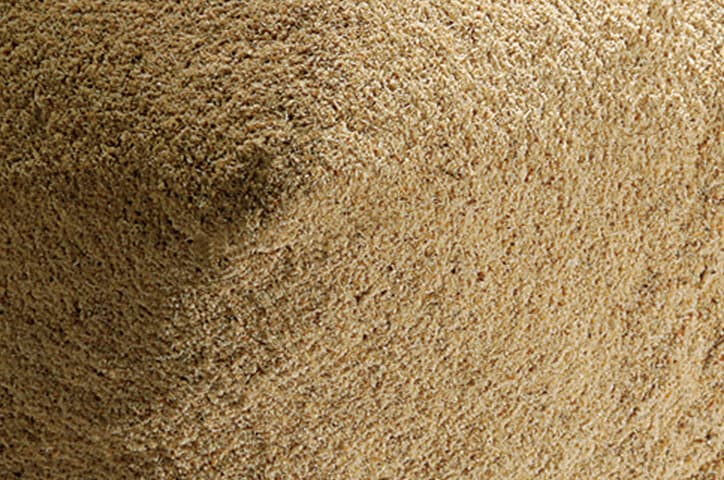
-
Rough-ground katsuobushi
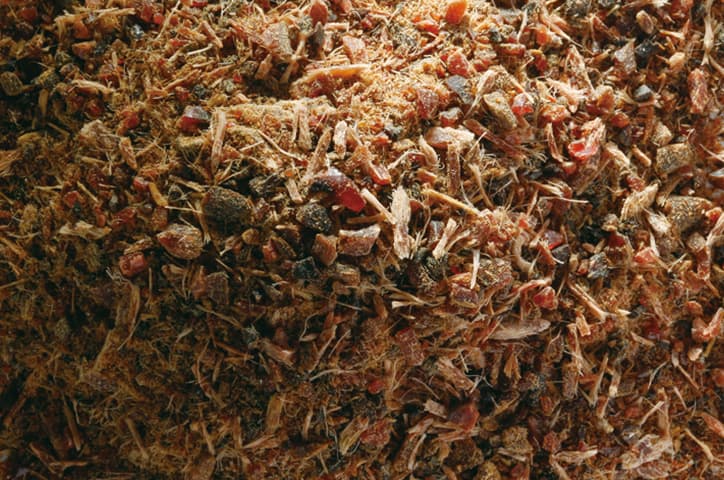
-
Dashi packs
